
Electrical RoHS Test
Under the global trend of environmental protection, electronic products exported to the EU must comply with the RoHS Directive, which restricts the content of hazardous substances. This article provides a brief overview of ROHS Testing standards, limit values, and processes to help enterprises pass customs smoothly and expand into international markets.
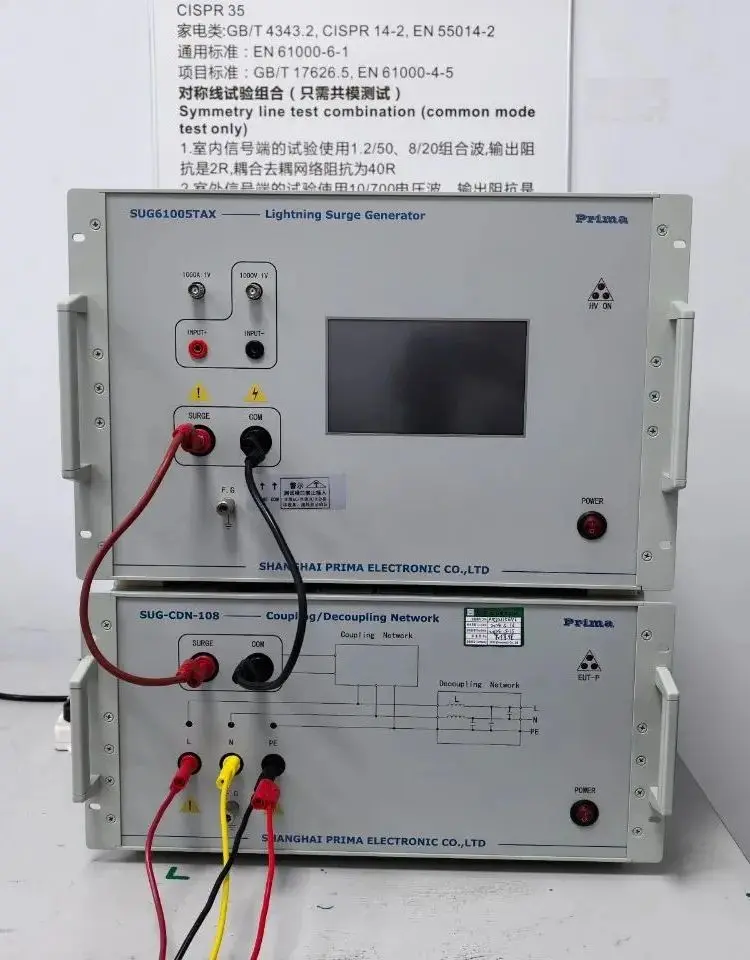
What is RoHS?
RoHS stands for Restriction of Hazardous Substances in Electrical and Electronic Equipment, a mandatory standard established by EU legislation. It aims to limit the use of hazardous substances in the manufacturing of various electronic and electrical products to protect the environment and public health.
Categories of Products RegULated by RoHS
01. Large Household Appliances: Refrigerators, washing machines, air conditioners, MICrowave ovens, etc.
02. Small Household Appliances: Coffee machines, vacuum cleaners, hair dryers, etc.
03. IT and Telecommunication Equipment: Routers, printers, scanners, computers, etc.
04. Consumer Equipment: Electronic musical instruments, electronic toys, DVD players, audio equipment, televisions, etc.
05. Lighting Equipment: LED lights, fluorescent lamps, and related products.
06. Electrical and Electronic Tools: Electric saws, drills, soldering tools (excluding large stationary industrial tools).
07. Toys, Leisure and Sports Equipment: Remote control toys, electronic children’s toys, sports timers, fitness equipment, etc.
08. Medical Devices: Medical equipment (partially exempted).
09. Monitoring and Control Instruments: Video surveillance, fire alarms, control panels, etc.
10. Automatic Dispensers
11. Other Electrical and Electronic Productsnot coveRED by categories 1–10, including cables and other components.
RoHS Substance Limits
- Lead (Pb): 0.1% (1000 ppm)
- Cadmium (Cd): 0.01% (100 ppm)
- Mercury (Hg): 0.1% (1000 ppm)
- Hexavalent Chromium (Cr⁶⁺): 0.1% (1000 ppm)
- Polybrominated Biphenyls (PBBs): 0.1% (1000 ppm)
- Polybrominated Diphenyl Ethers (PBDEs): 0.1% (1000 ppm)
- Phthalates (DIBP, DBP, BBP, DEHP): 0.1% (1000 ppm each)
rohs testing Standards
- IEC 62321-1:2013– Introduction
- IEC 62321-2:2013– Sample preparation
- IEC 62321-3-1:2013– Screening by XRF
- IEC 62321-3-2:2013– Bromine testing
- IEC 62321-4:2013– Mercury analysis
- IEC 62321-5:2013– Lead, Cadmium, Chromium
- IEC 62321-6:2015– PBBs, PBDEs
- IEC 62321-7-1:2015– Cr⁶⁺ in metals
- IEC 62321-7-2:2017– Cr⁶⁺ in non-metals
- IEC 62321-8:2017– Phthalates
Summary of RoHS Testing Procedure
1. Sample Disassembly: The product is disassembled layer by layer into testable components.
2. Preliminary Screening: Quick screening is performed using XRF spectrometry.
3. Precise Analysis: Instruments like ICP-OES and GC-MS are used for accurate quantification.
4. Report Issuance: An accredited CNAS/CMA lab issues an authoritative test report.
Our Advantages
1. Extensive Testing Experience: Over 100,000 batches tested annually.
2. Advanced Testing Equipment: Top-tier international equipment compliant with standards.
3. Professional Technical Services: Tailored testing plans and recommendations for non-compliance improvements.
4. Fast Turnaround Time: Industry-leading testing cycle times.
In addition to RoHS, China JJR Laboratory also provides a full range of environmental compliance testing and consulting services, including REACH, PAHs, Halogen, POPs, California Proposition 65, and more.
Email:hello@jjrlab.com
Write your message here and send it to us
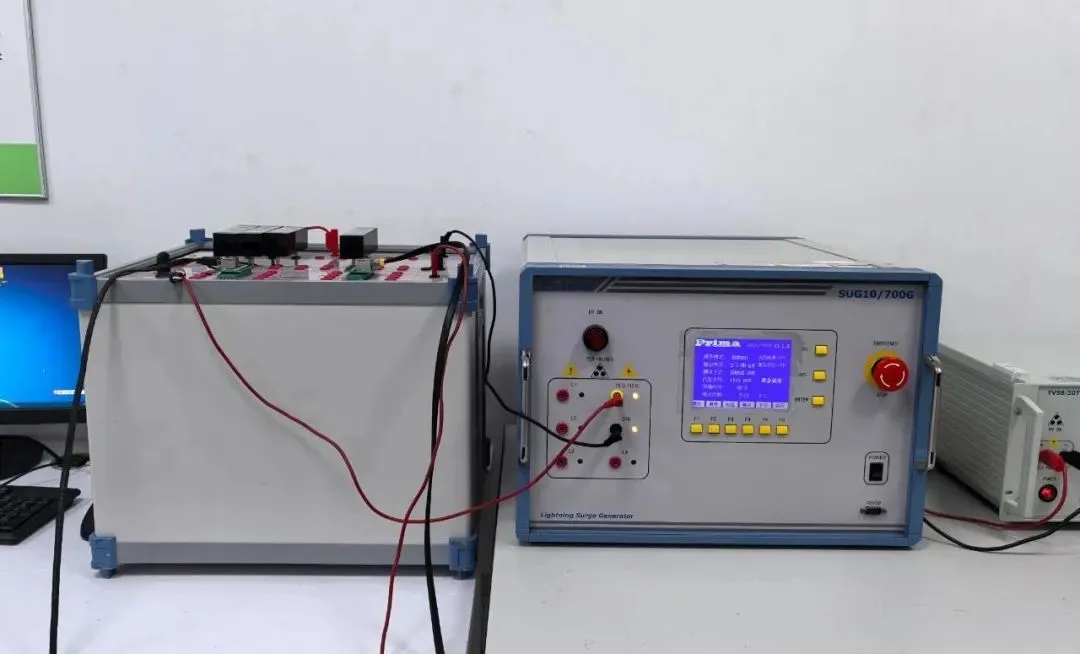 Electric Toy EN 62115 & EN 71 Testing
Electric Toy EN 62115 & EN 71 Testing
 What are ASTM F963 and CPSIA?
What are ASTM F963 and CPSIA?
 Comparison of ASTM F963 and EN 71
Comparison of ASTM F963 and EN 71
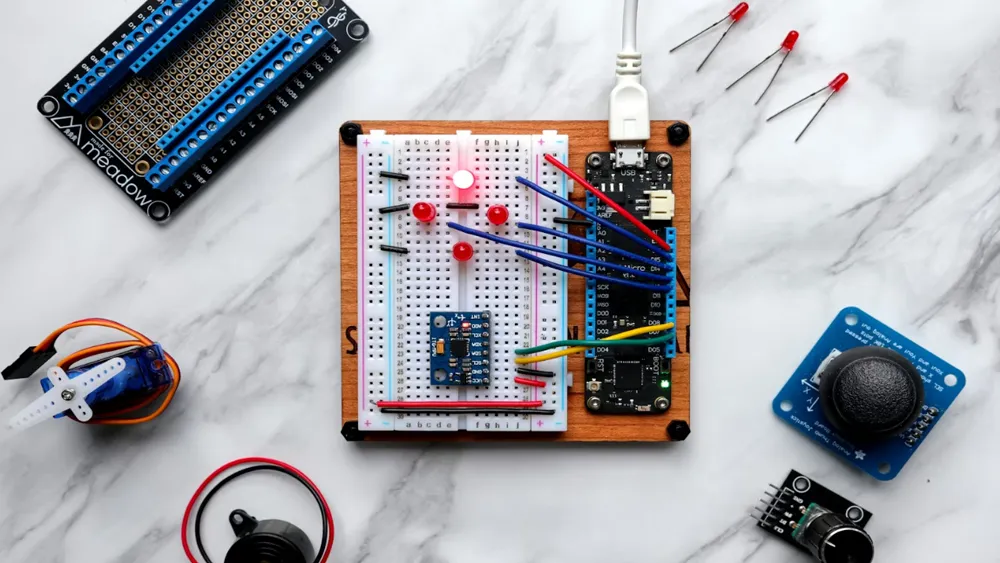 How to get CSA C22.2 NO.256:14 Test Report?
How to get CSA C22.2 NO.256:14 Test Report?
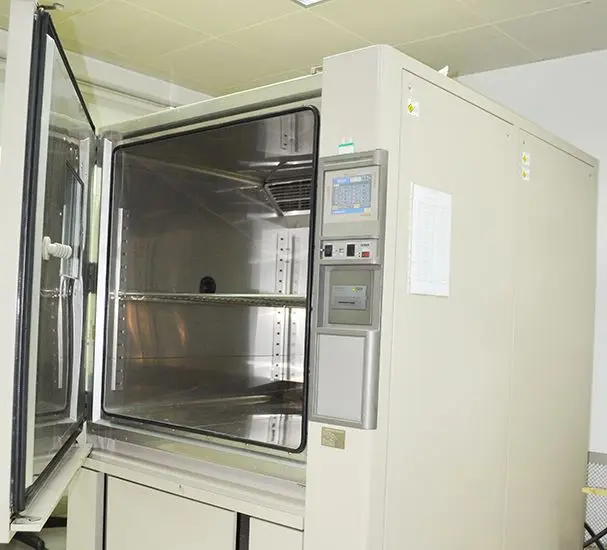 How much is the ISTA Amazon Packaging & Shippi
How much is the ISTA Amazon Packaging & Shippi
 Amazon Product Laboratory Testing Requirements
Amazon Product Laboratory Testing Requirements
 How to Get EPA Certificatio
How to Get EPA Certificatio
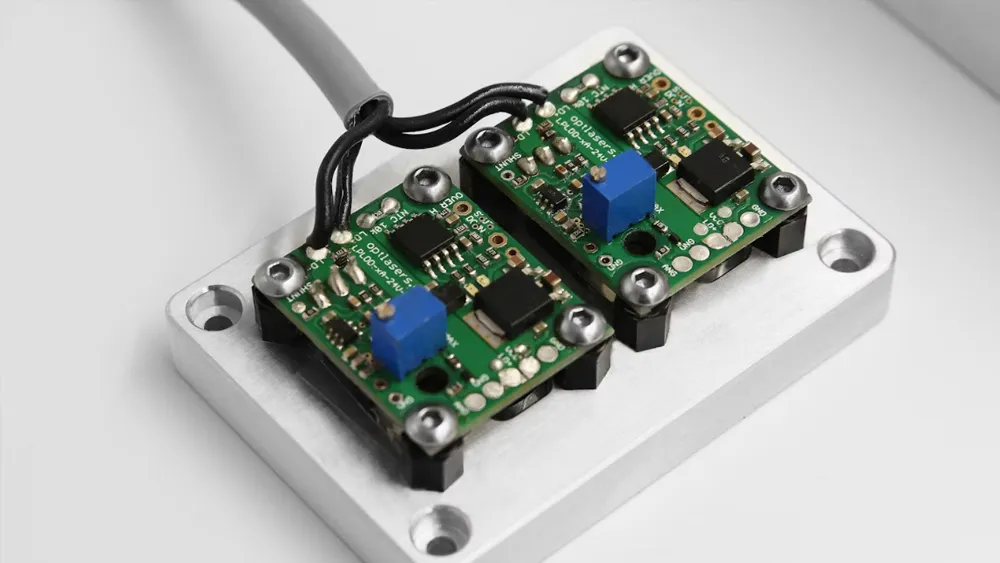 What is EPA Certification in the United States?
What is EPA Certification in the United States?
Leave us a message
24-hour online customer service at any time to respond, so that you worry!




